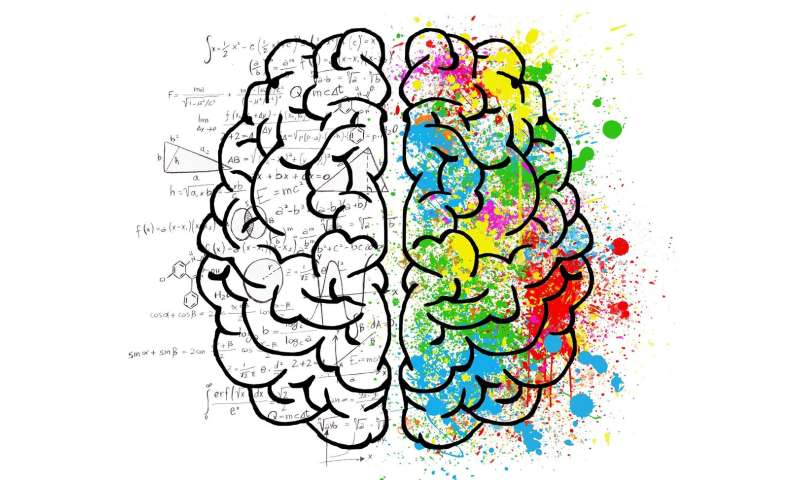How the brain ‘approximates’ without actually counting

From the time of early infancy, humans are endowed with the capacity to approximate the number of objects in their visual field, an ability that continues throughout life and may underlie the development of more complex mathematical skills.
For years, scientists have explored how people estimate numerical quantities without physically counting objects one by one, approximating, for instance, how many paintings are displayed on a wall or estimating the number of players on a football field. Gaining a deeper understanding of how the process of approximation occurs in the brain has become a fertile area of research across numerous disciplines, including cognitive psychology, neuroscience and education.
While researchers have long believed that estimating the number of objects in a visual scene is an instantaneous and parallel process with objects being scanned from one side to another, a team at the University of California, Berkeley, has found that previous scientific wisdom on the subject is incorrect. Their new evidence, using eye-tracker data, reveals that the eyes capture information by fixating on a visual object and estimating quantities in the center of the visual field.
Writing in PNAS, Samuel Cheyette and Steven Piantadosi, two cognitive scientists, explain that the brain relies on an approximate number system (ANS) that is key to estimating the number of objects.
“Anywhere you see something and can guess at what the value is without explicitly counting is the kind of estimation we studied,” Piantadosi said.
An example, both scientists agreed, could be defined by walking into an empty classroom and approximating 30 student desks. Or being stuck in a traffic jam and estimating through the rear-view mirror how many cars are bottlenecked behind. They attribute the ability to estimate numerical data to a “serial, foveal accumulator,” which means how many objects are observed in the line of sight, the central visual field. They were able to determine from eye-tracking data that people avoid estimating objects in their peripheral visual field.
“That means I add up stuff one after the other—serial accumulator—based on what I see in the center of where I look, as opposed to the edges,” Piantadosi said. “So when you estimate the number of cars behind you, you are likely moving your center of gaze around and nonverbally adding up an approximation to the number.”
To understand how viewing objects and estimating an approximate number is processed by the brain, Cheyette and Piantadosi studied 27 people between the ages of 18 and 29, who estimated quantities of dots that were displayed on a computer screen. The team found that approximating numbers in humans is not a rapid, parallel process as previously thought, but one that clearly involves estimating what is seen in the center of the visual field.
“We say it is serial and foveal, as opposed parallel and global because your estimate is heavily dependent on what objects you look at directly as you glance around a scene,” Cheyette said.
The fovea is part of the retina in the rear of the eye involved in visual acuity. The fovea also is the part of the eye responsible for the line of sight, the line connecting the eye with a fixation point in the visual field.
“People don’t seem to fully account for objects in their peripheral vision,” Cheyette explained. “This also gets at why we call it an accumulator. Quantities seem to be accumulated across visual fixations, meaning that you approximately add up objects you glance at, keeping a count of how many you fixated.”
Cheyette and Paintadosi were additionally able to predict participants’ numerical estimates using their visual fixation data. As the number of dots displayed increased, participants’ mean estimates likewise rose, and estimation errors decreased.
The team also surmises that an approximate number system is conserved across species, and is an ability shared with close and distant evolutionary relatives.
Although eye-tracking data has not been collected on other species, Piantadosi has studied wild baboons and theorizes that they use “an estimation scheme to pick the larger group to follow. The properties of the system look just like humans estimating numbers,” he said.
Cheyette, meanwhile, suggests that the ability to estimate numbers and make decisions based on approximations is widespread throughout nature.
“An approximate sense of number certainly applies to primates,” Cheyette explained, “but also many other animals—even those whose evolutionary history diverged from us hundreds of millions of years ago.
Source: Read Full Article


